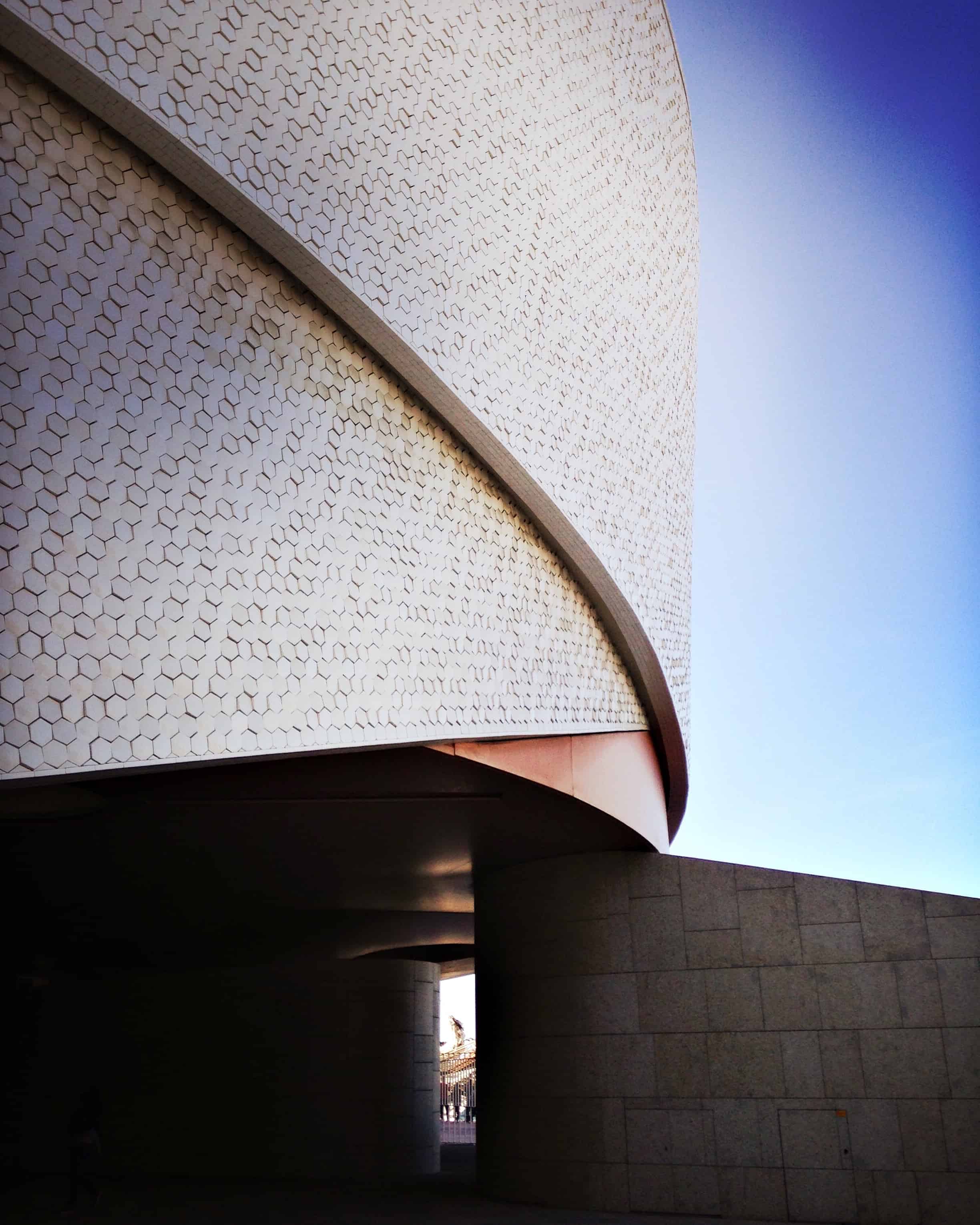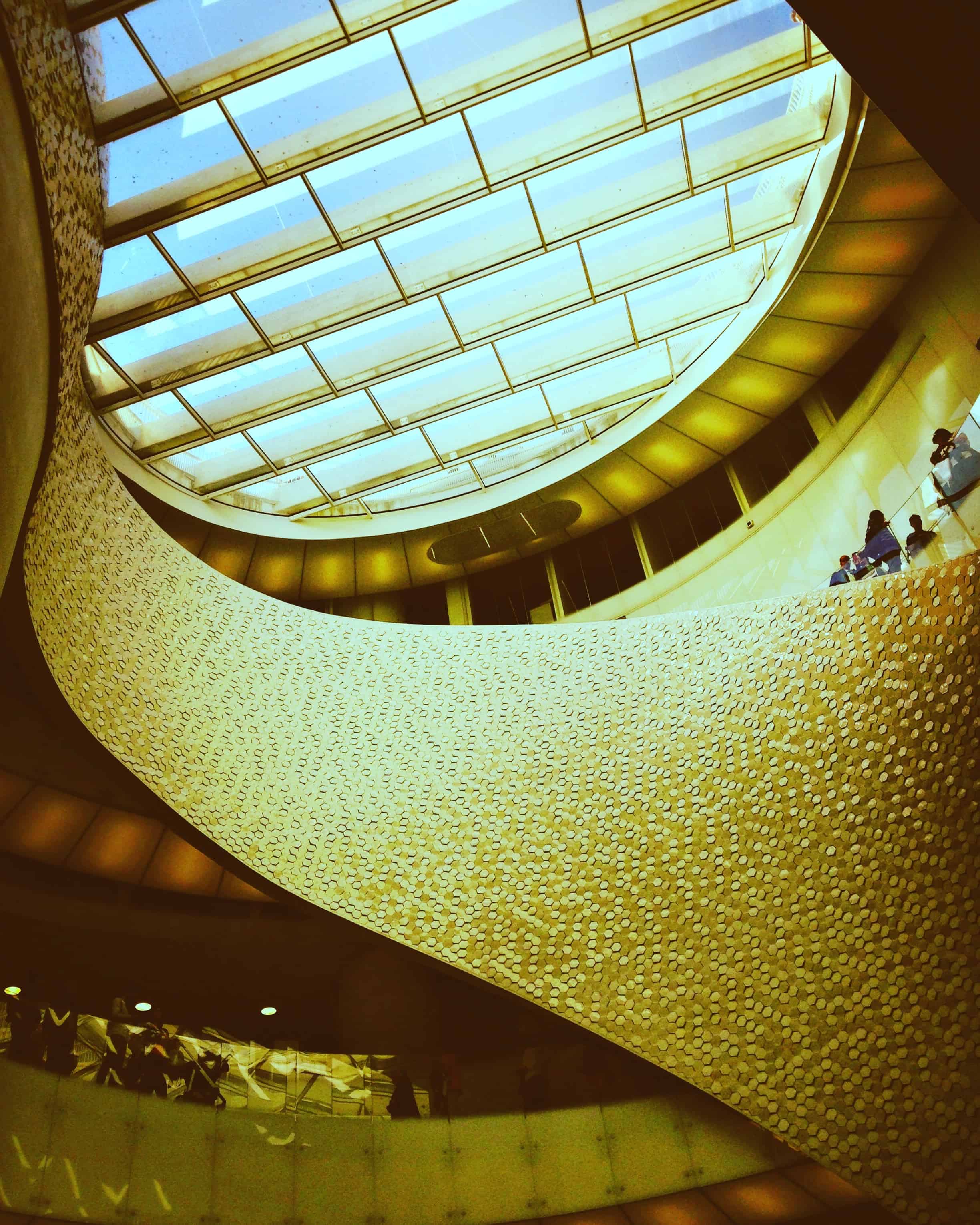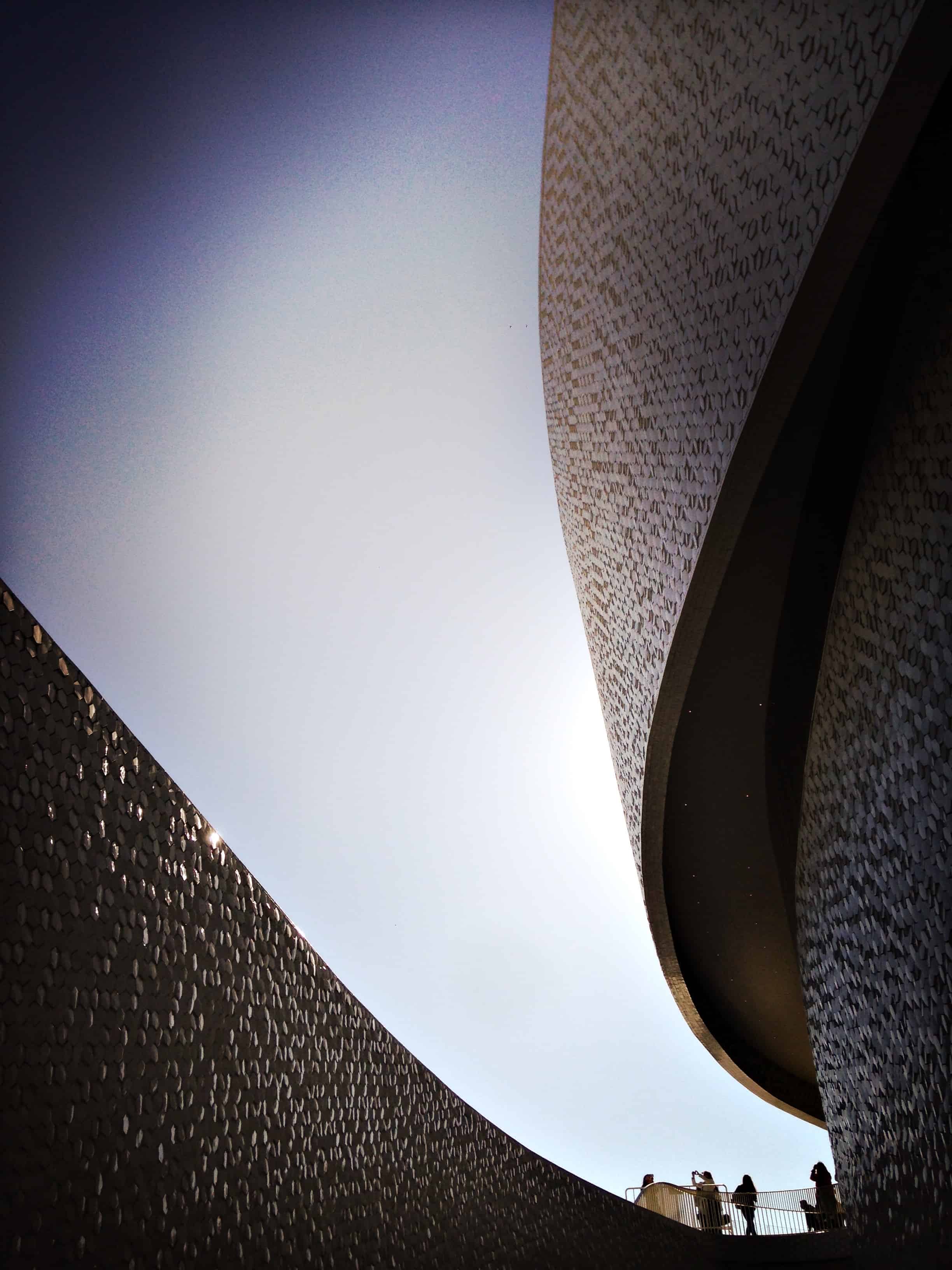
Porto Leixões – Cruise Terminal Building
Porto Leixões Cruise Terminal is a purpose built terminal for ocean-going passenger ships built by the Port Authority of Douro, Porto, Portugal. The terminal was opened on the 23 July 2015, and it’s a landmark in the city.
Architect : Luís Pedro Silva
The cruise terminal is the largest port infrastructure in the North region of Portugal and represents 25% of the Portuguese international commercial trade and moves around 14Mt/year of goods, with a movement of 3000 ships /year.
It has 5 kilometers of peers, 55ha of dry land and 120ha of wet area, alongside all the infrastructures to it’s proper functioning like railroad infrastructure , dedicated roads and accesses, storage areas, state of the art management tools and IT to assist.
Main cargo goods are as diverse as petroleum, textiles, wood, stone, wine, automobiles, iron and so much more aside passengers movements.
All cargo movements are made by port dealers with the port assuring pilotage, towing and, mooring.
The area is privileged, and considered as such from ancient times since the 1st century, with historical notes from that age period already mentioning the existence of a port, under the Roman Empire control.
In a later period, in the 19th century, the harbor started to be built, but for proposes of providing refuge for ships and a safe mooring place for ships that were waiting to enter the Douro river.
Trading activities here were not considered of paramount importance compared to the Douro. The situation changed with the exponential growth of activity in Leixões and the limitations existing in the Douro port area.
That exponential growth would be observed for many years and culminated in the existing port infrastructure perfectly adapted today to the exigent cargo and people movements.






